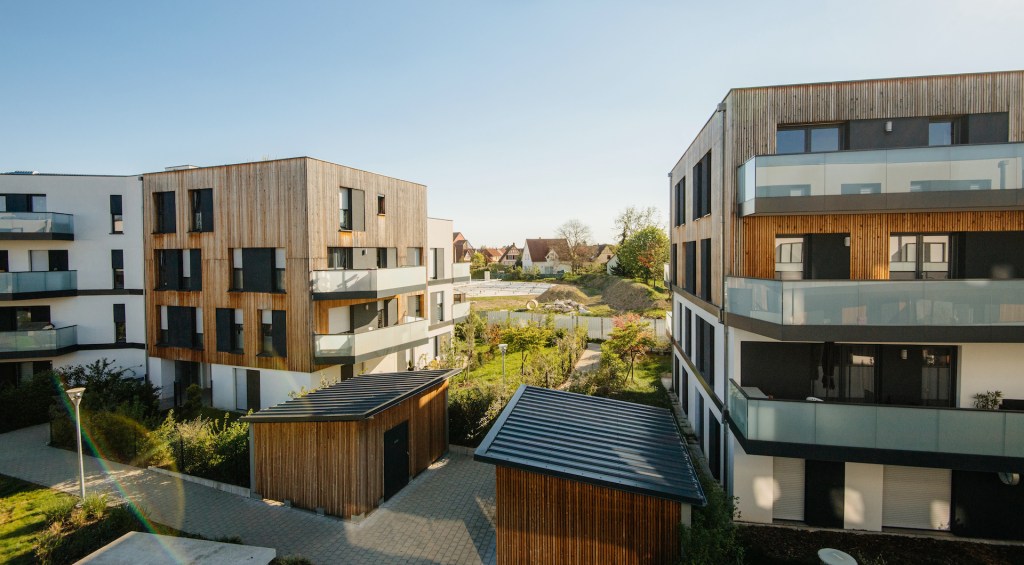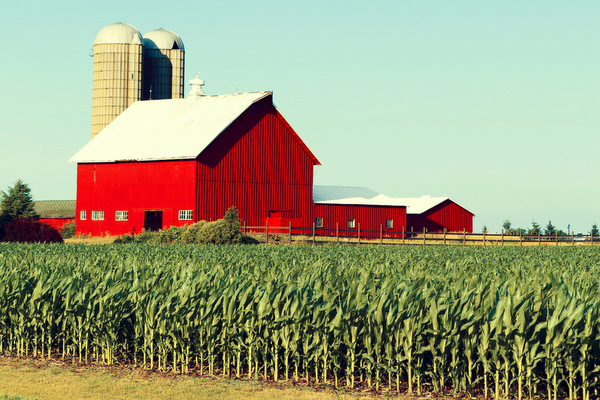Suburban Demand
Prompts Lending Boom
Investors have set their sights on suburban and tertiary markets. Lenders are responding favorably to the trend. While banks will continue to keep one foot planted in major metros, many are following their trusted relationships to less familiar terrain outside of city limits. Sleepy secondary markets are waking up The shift began as a trend […]


